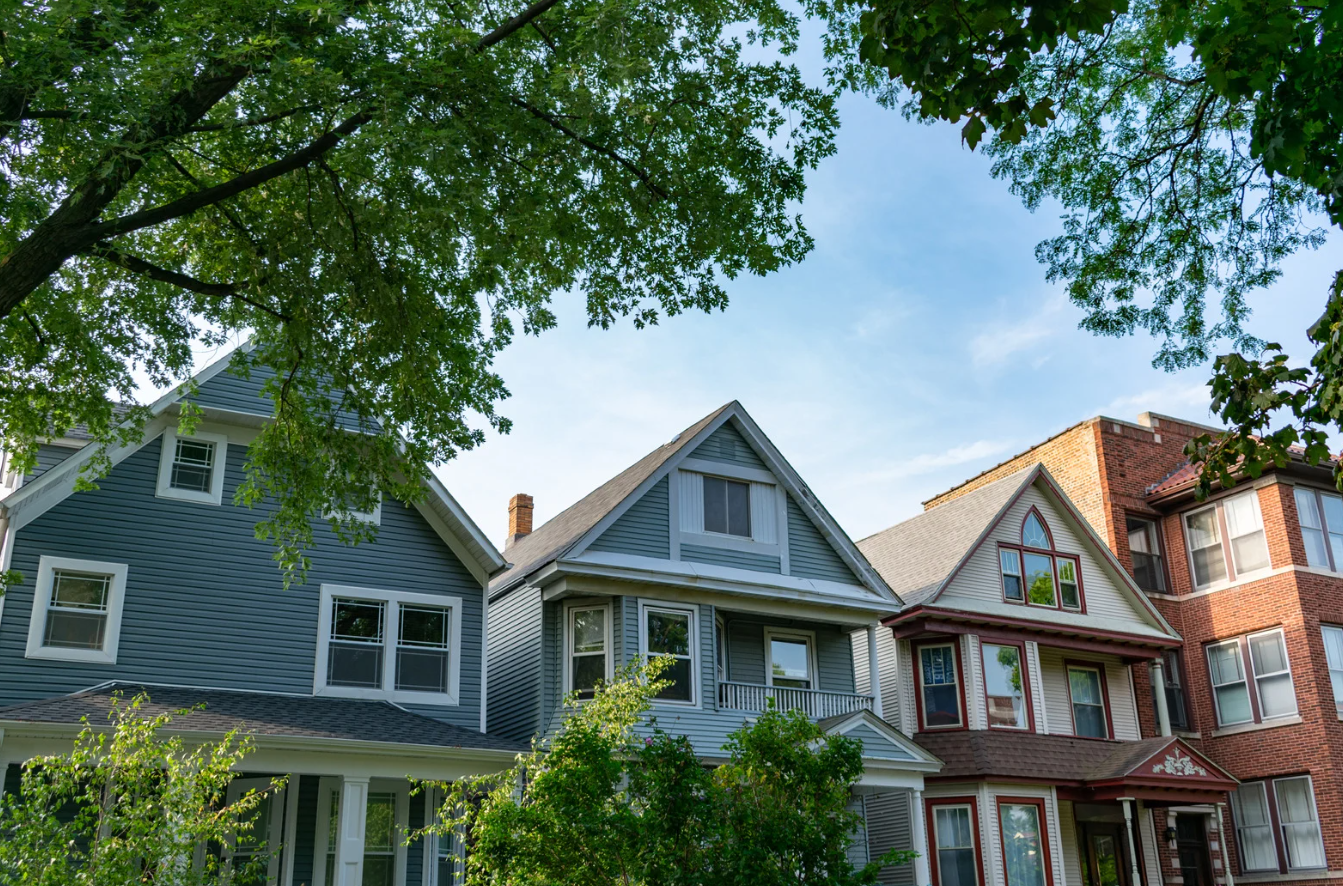Deciding to relocate to a supposedly more affordable area in the United States can be an enticing prospect, as it promises lower living costs and potentially greater financial freedom. However, before packing your bags and heading to that seemingly affordable destination, it is essential to consider the hidden costs that may arise. While the cost of housing might be lower, several factors can contribute to a higher overall cost of living. Here are six key hidden costs that should be taken into account before making the move.
Transportation Expenses
One aspect often overlooked when considering a cheaper place to live is transportation costs. Moving to a less expensive area might mean living farther away from work, resulting in longer commutes and increased expenses for fuel, maintenance, or public transportation fees. Additionally, if the new location lacks efficient public transportation, owning a car may become a necessity, adding to the financial burden.
Healthcare and Insurance
Relocating to a cheaper part of the US could impact your healthcare expenses. It's crucial to research the availability and affordability of quality healthcare facilities in the new area. The cost of health insurance can also vary significantly, so it's essential to compare prices and coverage options, as this might offset the savings from lower housing costs.
Taxes
While the cost of living might be lower, it's crucial to consider the tax implications of moving to a different state or locality. State income tax rates, property taxes, sales taxes, and other levies can vary significantly between regions. Familiarize yourself with the local tax structure to avoid any unpleasant surprises when it comes time to file your taxes.
Utility Costs
Cheaper living often means older housing stock, which can lead to higher utility bills. Older homes may have outdated insulation, inefficient heating or cooling systems, or less energy-efficient appliances, resulting in higher monthly costs. Research the average utility expenses in the area and include them in your budget planning.
Cost of Living Fluctuations
While an area may be affordable now, it's important to consider its long-term trajectory. Rapidly growing communities can experience a surge in demand for goods and services, leading to higher prices over time. Additionally, if the local economy relies heavily on a specific industry that faces challenges or declines, the cost of living could increase unexpectedly.
Quality of Life Considerations
Moving to a cheaper area does not necessarily guarantee a higher quality of life. Research the local amenities, such as schools, parks, cultural attractions, and healthcare facilities, to ensure they meet your needs and expectations. Some seemingly cheaper areas may lack essential services, resulting in increased travel costs or reduced access to recreational activities.
Moving to a cheaper part of the US can be an excellent opportunity for financial relief, but it's crucial to consider the hidden costs that might accompany such a move. Transportation expenses, healthcare and insurance costs, taxes, utility bills, potential fluctuations in the cost of living, and quality of life considerations are all crucial factors to evaluate before making a decision. By thoroughly researching and budgeting for these hidden costs, you can make a well-informed choice and ensure a smooth transition to your new affordable home.





